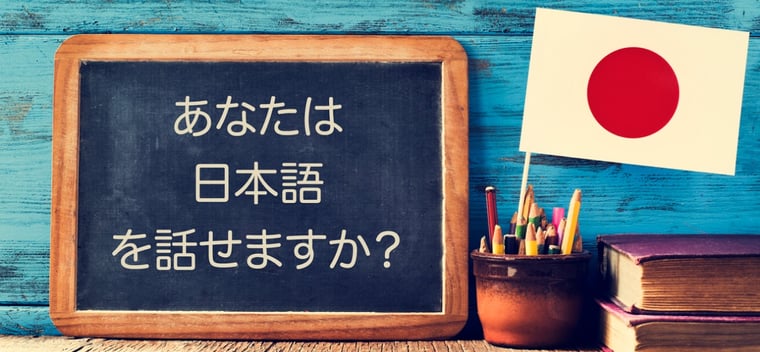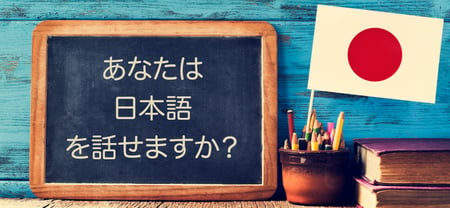Japanese society is homogeneous – both linguistically and culturally. Nearly 98 percent are ethnic Japanese. The Japanese language has no official status but is the national language of Japan. There are 125 million native speakers worldwide.
Japanese is a top ten language for world internet usage, and Japan’s economy is the third-largest in the world.
As leaders in automobile manufacturing, electronics goods, and innovations, Japanese is a valuable language to include in your translation priorities depending on your industry.
JAPANESE TRANSLATION TIPS
Japanese and English are very different languages. Therefore, word-for-word translation is not recommended. To avoid awkward-sounding translations, you should avoid free machine translation tools. In Western culture, we tend to be very direct and speak our minds. In Japanese culture, directness is considered rude.
To communicate effectively means to be polite by being subtle and indirect in the right way. For example: If you are inviting someone to an event, try using the phrase “Won’t you come to our event?” or “Wouldn’t you like to attend our event?” (Instead of asking someone if they want to come, you ask if they don’t want to do something.)
Japanese Has Different Levels of Politeness and Formality
American business writing tends to be much less formal than Japanese. Therefore, direct translation from English into Japanese may read as rude. It is important to use a native Japanese speaker who intimately knows the language, the different levels of formality in the speech and the writing, and also the culture.
When addressing someone, it is proper to use someone’s last name and attach a suffice (-san). For example: Hello, Mr. Takahashi = Hello, Takahashi-san.
In Western culture, we tend to use “you” as a broad way to address someone. For example: If you have any questions, please call us at 1-800-xxxx. If you are translating this same phrase into Japanese, you would need to address the customer more formally to avoid being rude.
Avoid Being Too Direct
Address the customer formally by saying “If Mr./Miss (or Sir/Madame) have any questions, please do not hesitate to contact customer service by calling 1-800-xxxx.”
If you are looking to partner with a Language Service Provider for Japanese translation, ask for samples of their work. Provide text to translate and have it reviewed by your Japanese reviewers to get a feel for quality and tone. Context is very important. Your language translation vendor should be a partner.
Keep dialogue and discussion open. Talk about who the end-users are of your content and what this content will be used for.
This will allow the Japanese translation team to properly scope each project to meet your needs.
LinguaLinx Can Help Translate Your Documents
If you have a need to translate any documents from any language to Japanese, LinguaLinx can help.
With LinguaLinx, you won't ever have to worry about your message getting across. You know you're in good hands with our ISO 17100 compliance, twenty years of professional translation experience, and the organizations whose trust we've earned.
To chat with us about your language translation needs, click on the link below.
Continue Learning With These Helpful Articles:








